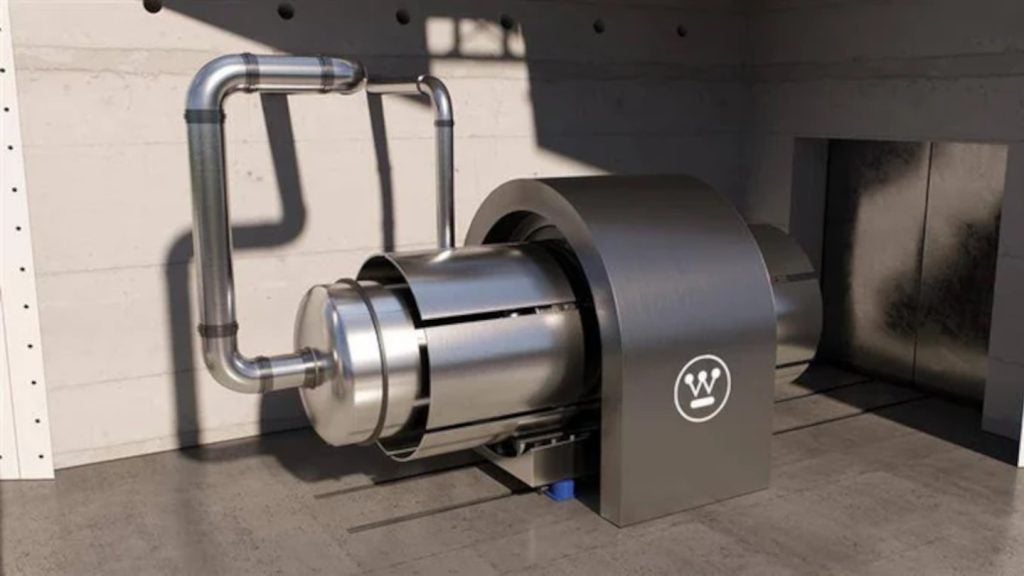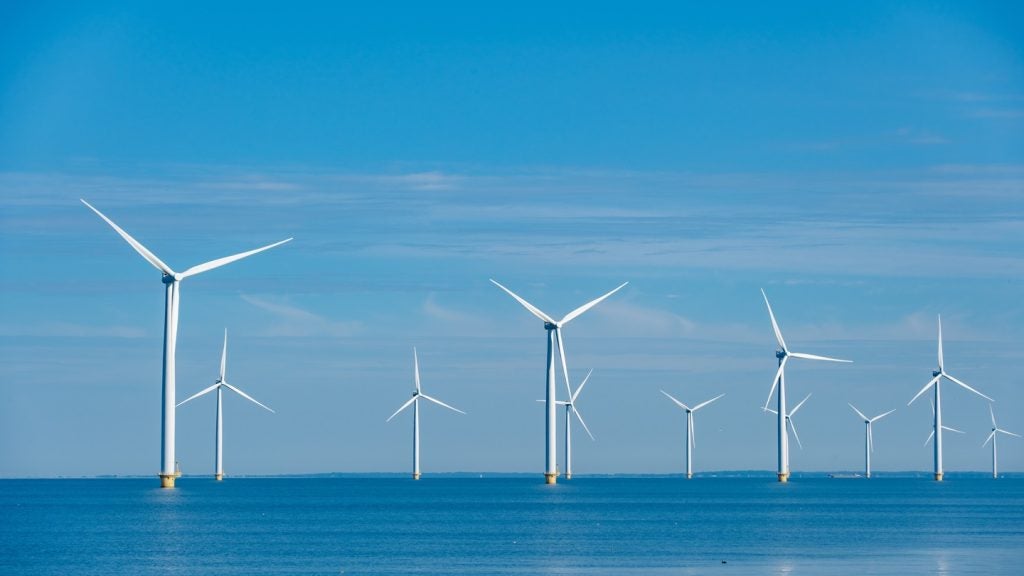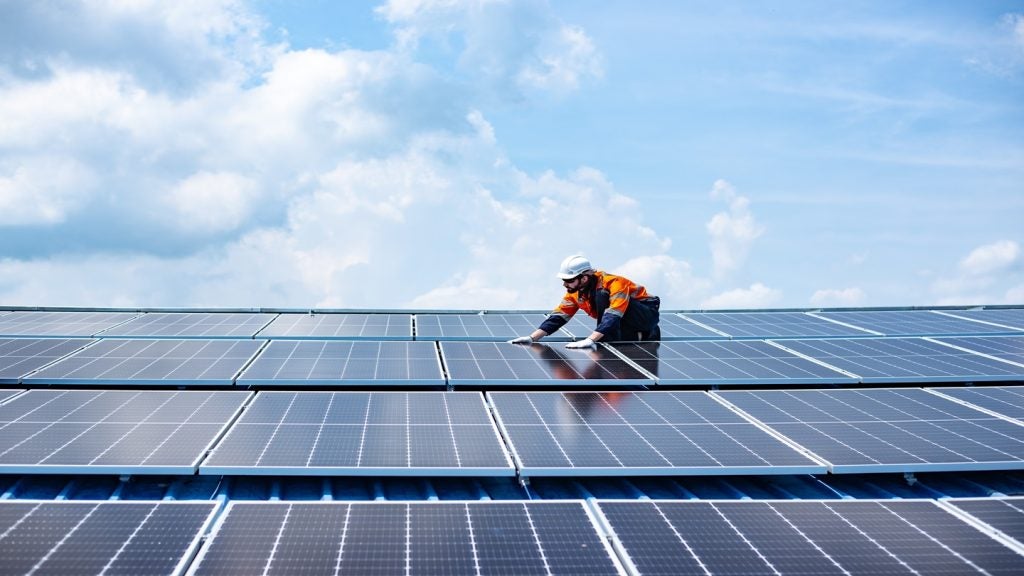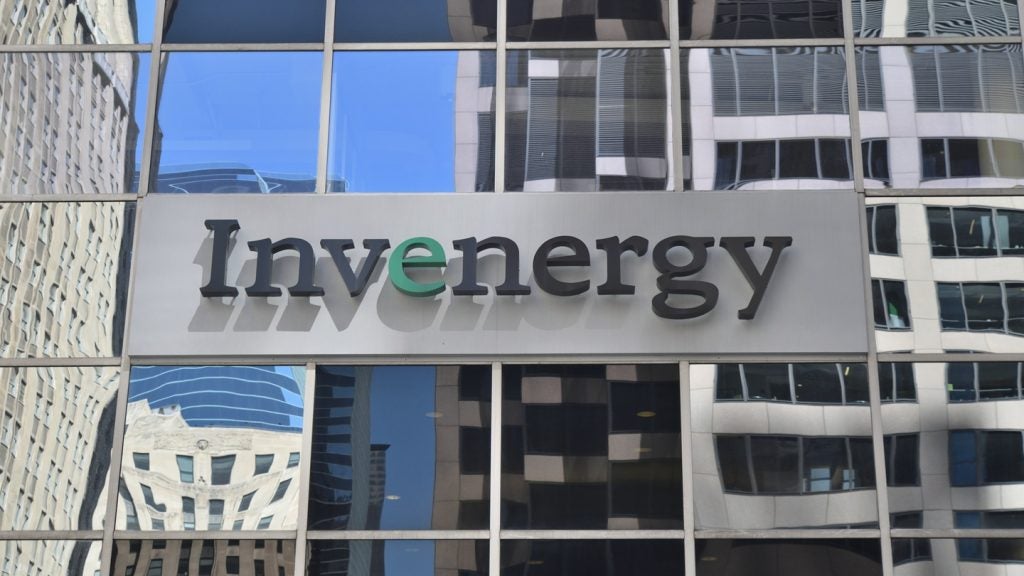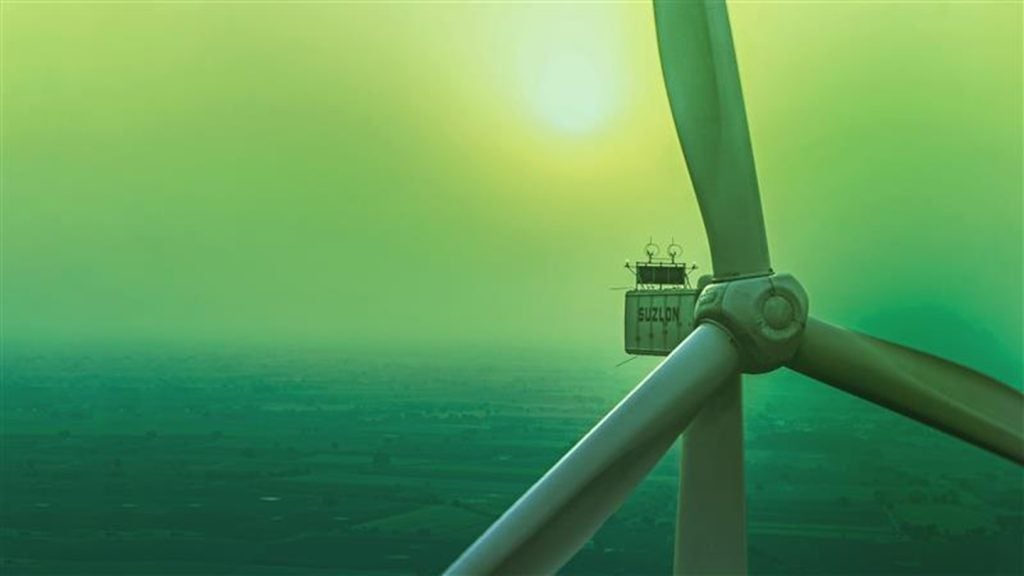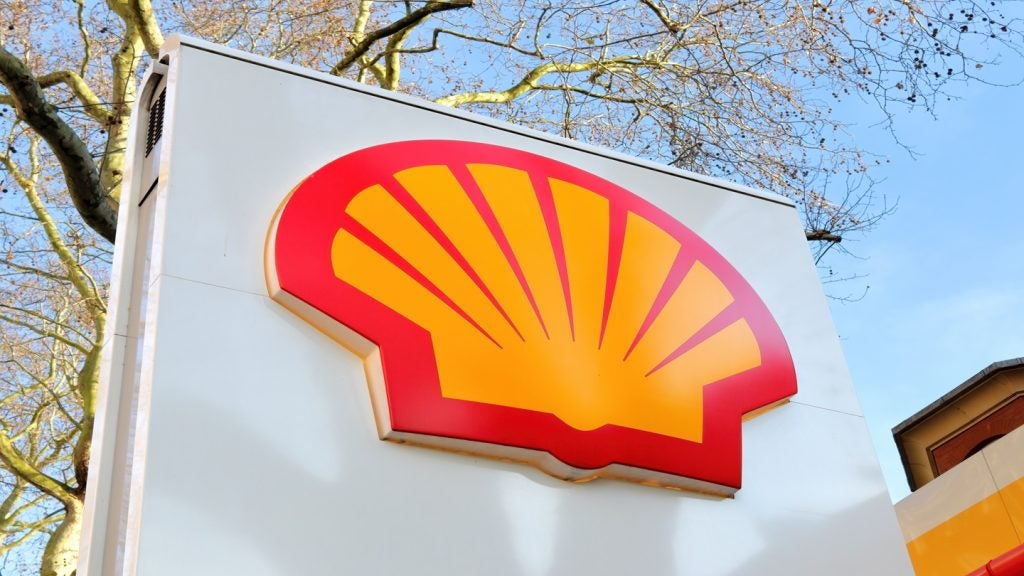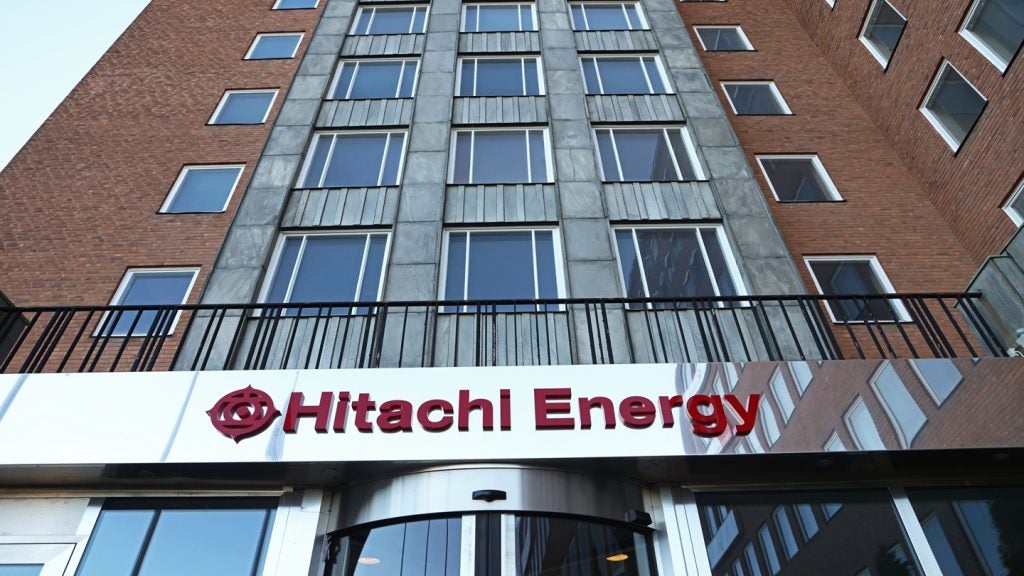Westinghouse Electric Company has announced a significant milestone with the approval of the eVinci microreactor's Advanced Logic System (ALS) Version 2 instrumentation and control (I&C) platform by the US Nuclear Regulatory Commission (NRC).
The approval, detailed in a final safety evaluation on two topical reports, marks the eVinci microreactor as the first microreactor with an NRC-approved I&C system, paving the way for future autonomous operation.
The ALS v2 is a revolutionary, logic-based platform that manages safety-critical systems through hardware rather than relying on software or computer chips. This innovative approach reduces the need for operator intervention, enhancing automation and safety.
The NRC's approval signifies that the ALS v2 control system can now be implemented across any reactor within the current US fleet.
Westinghouse eVinci technologies president Jon Ball stated: “NRC approval of these first topical reports for the state-of-the-art eVinci control system is a major licensing milestone.
“This will advance our future goal of autonomous operation, as the eVinci control system minimises operator input, even during operations like load-following."
The eVinci microreactor represents a continuation of Westinghouse's longstanding tradition of innovation, offering a carbon-free, safe and scalable energy solution for diverse applications.
Its potential uses range from powering data centres, oil and gas industries, and mining operations to supporting remote communities, universities, industrial centres and defence facilities.
The eVinci microreactor is being considered for deployment in extraterrestrial environments such as the lunar surface.
The microreactor is robust and features minimal moving components, functioning primarily like a battery. It offers flexibility for power systems that range from a few kilowatts to 5MW, supplying electricity continuously for more than eight years without the need for refuelling.
Among the eVinci microreactor's advantages are its reliability in varying weather conditions, temperatures and locations, and its fully factory-assembled design, which allows for transport in standard shipping containers.
The system's above-ground installation minimises environmental disruption and requires a less-than-two-acre footprint. It necessitates minimal onsite personnel for operations, maintenance and security.
It can seamlessly integrate with renewable energy sources such as wind, solar and hydro, offering both grid-forming and grid-following capabilities.
It is capable of immediate load-following and load-shedding within milliseconds and can provide process heat for district heating or high-grade heat for industrial uses. Its flexible energy output can be scaled up or down as needed.
In November 2024, Westinghouse Electric Company and South Korea’s Hyundai Engineering & Construction signed an engineering services contract with Bulgaria’s Kozloduy NPP-Newbuild.
The contract represents the next step following the front-end engineering and design phase for the construction of two AP1000 nuclear reactors at the Kozloduy nuclear power plant, Bulgaria.


